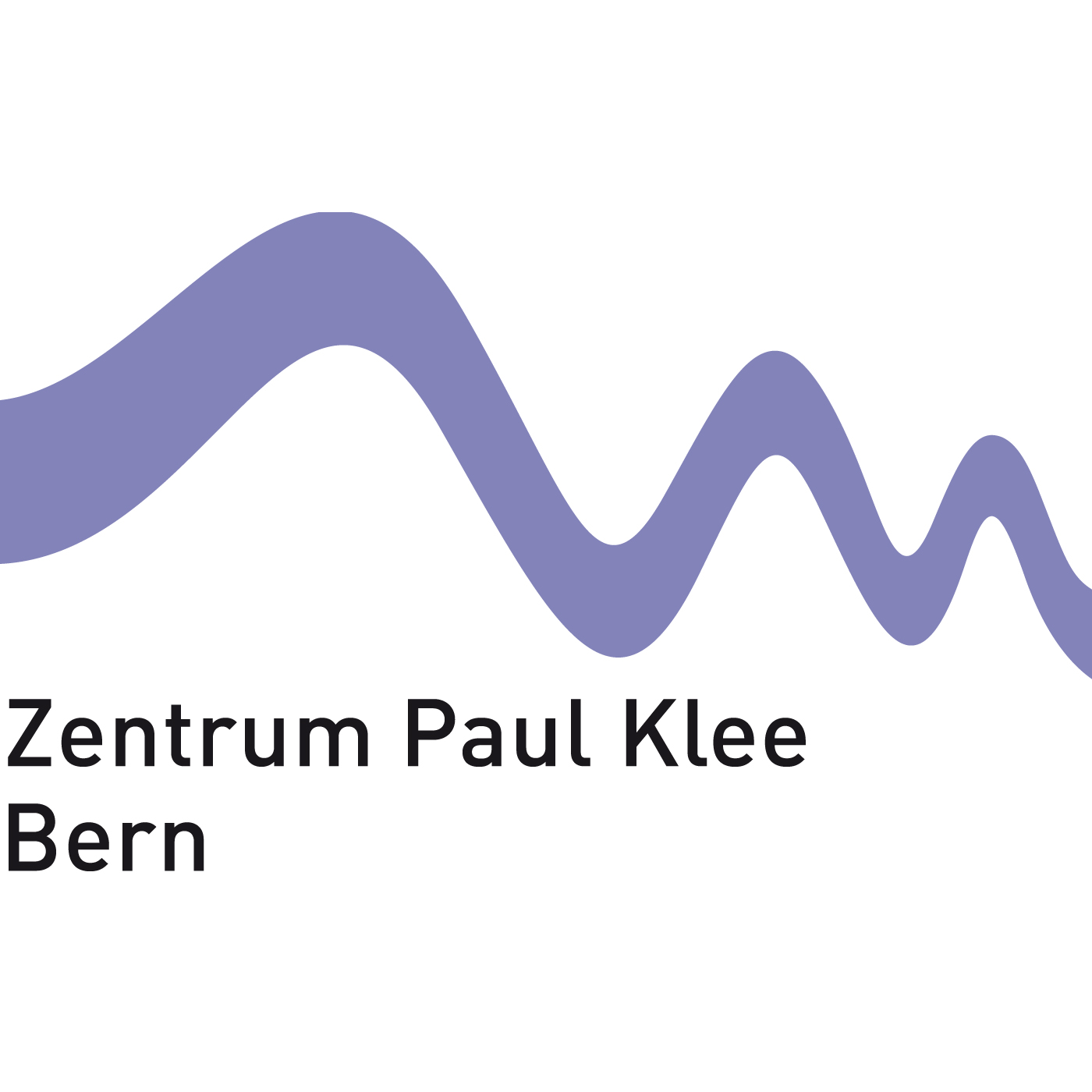Paul Klee - Forgetful Angel, 1939
Description
Paul Klee drew this «Forgetful angel» in 1939 with very few pencil lines. It is one of over 35 depictions of angels from the last years of the artist’s life and work. In their appearance they correspond entirely to our traditional ideas of gentle, winged creatures, even though Klee reduces the wings to shapes narrowing to points and also sometimes makes the creatures ugly. But Klee’s angels are not figures of light or heavenly Christian creatures like those known to art history for hundreds if not thousands of years. His angels are rather more with us than in a heavenly sphere, somewhere in an intermediate world. They have become human and Klee tends to use them to refer to all the human moods, characteristics and qualities. Klee addresses our good sides every bit as much as our shortcomings. Often the angels have something childish and innocent about them, they are not quite complete or are still in training. Klee does not resolve the question of where that training and development might lead. In his «Compositional Theory» Klee says at one point: «Man is not complete. One must continue to develop, be open, be an elevated child in life too, a child of creation, of the creator.»The «Forgetful angel» is one of the most expressive and magical angels in Klee’s work. He draws the angel’s face with three lines: its eyes, closed or downcast, and its small mouth. Klee needs nothing more to give the angel a gentle, tender expression. Its hands are folded, as if it were rubbing them together slightly embarrassed.
More Episodes
At the time around 1919, after his experiences in the 1st World War and his first successes in the art market, Paul Klee took up the theme of personal awareness and self-reflection in numerous self-portraits. The best known of these is the pencil drawing «Absorbtion». Klee’s theme here was less...
Published 03/17/17
You would not want to meet Paul Klee’s "hungry girl" from 1939 in a dark alley at night. It shows a girl as a tooth-baring beast with glaring eyes. Nothing remains of a human being, let alone a sweet little girl. Its whole appearance is animal-like, even down to the little lines that Klee uses...
Published 03/17/17
The doll with purple ribbons appears strange. The androgynous mixed being seems to float in space as though directed by an invisible hand. For the first time in Klees work a humanlike figure is shown as a marionette, a motive which in his later work gained great importance. The doll behaves...
Published 03/17/17


